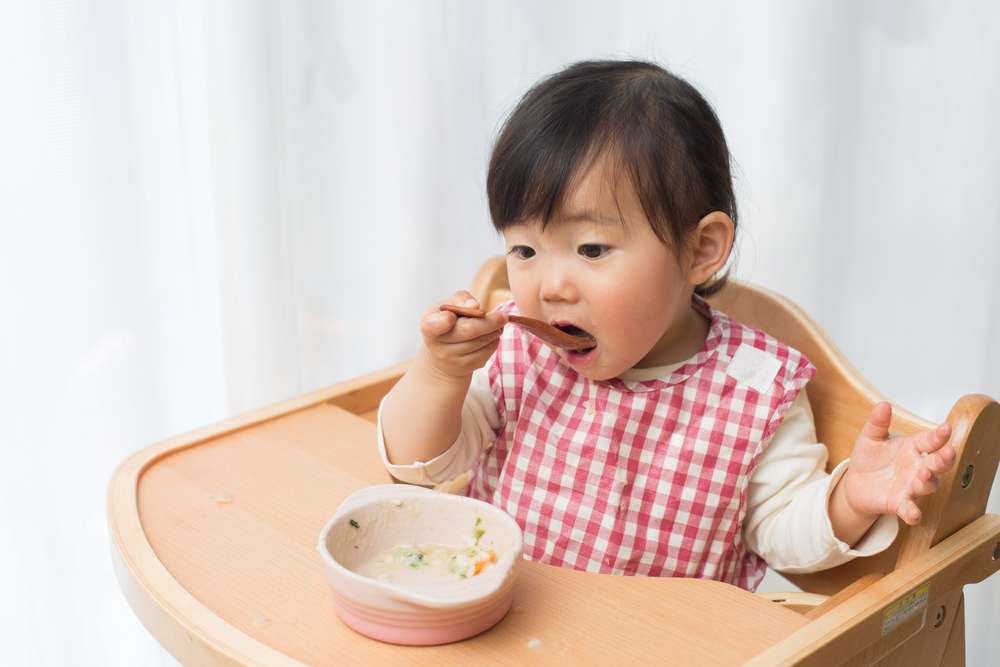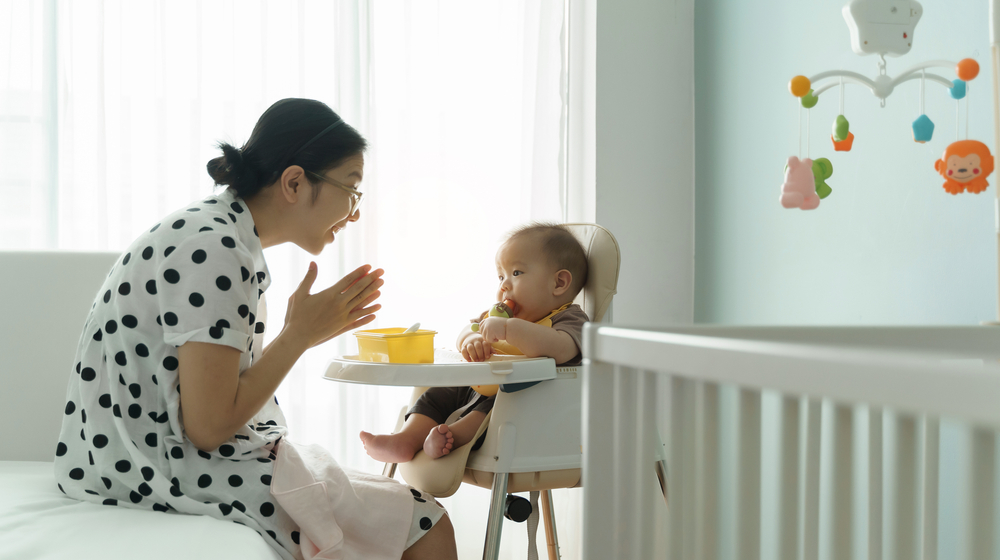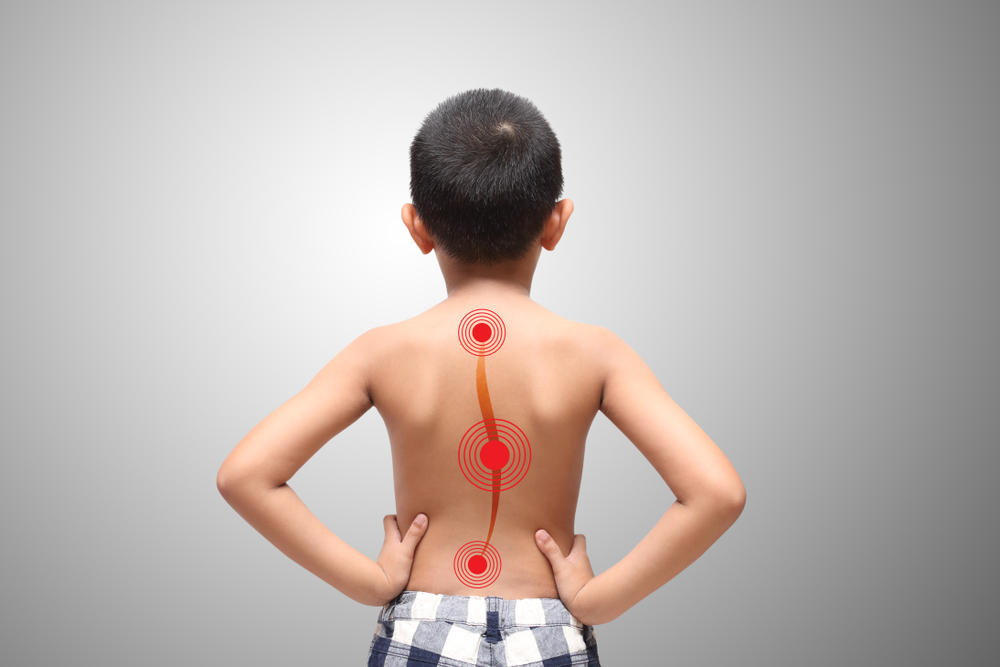Parenting Tips
Before becoming enraged at their children, parents should ask themselves these three questions
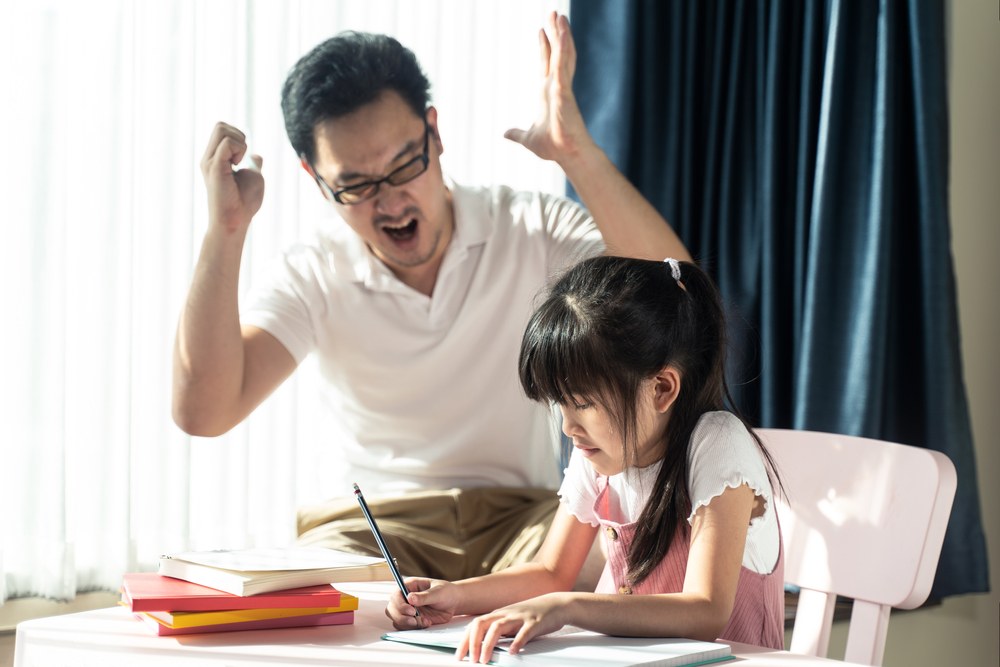
Written by: Caritas Rehabilitation Services,Clinical Psychologist, Yu Kwok Ting
Some parents may be more impulsive and even have a habit of blaming their children for problems such as disobedience, deliberate anger, or naughtiness. When children fail to do what they want, they become angry with their parents, but this will gradually alienate them from their parents, which will damage the parent-child relationship in the long run.
Parents’ personalities, families of origin, and parenting methods learned in different ways will affect parent-child relationships. And the adults’ thoughts will influence their mood. If adults find themselves in frequent conflicts with children, which affect the parent-child relationship, we can ask ourselves three questions.
1. Whether there are other possibilities
If a child is not able to do all the homework required by his or her parents, the first thing the parents think is that the child is just having fun and not doing homework, but the real reason may be that they do not know how to do it and need parental guidance. If parents take preconceived notions as facts, they may ignore the needs and difficulties of their children and damage the parent-child relationship
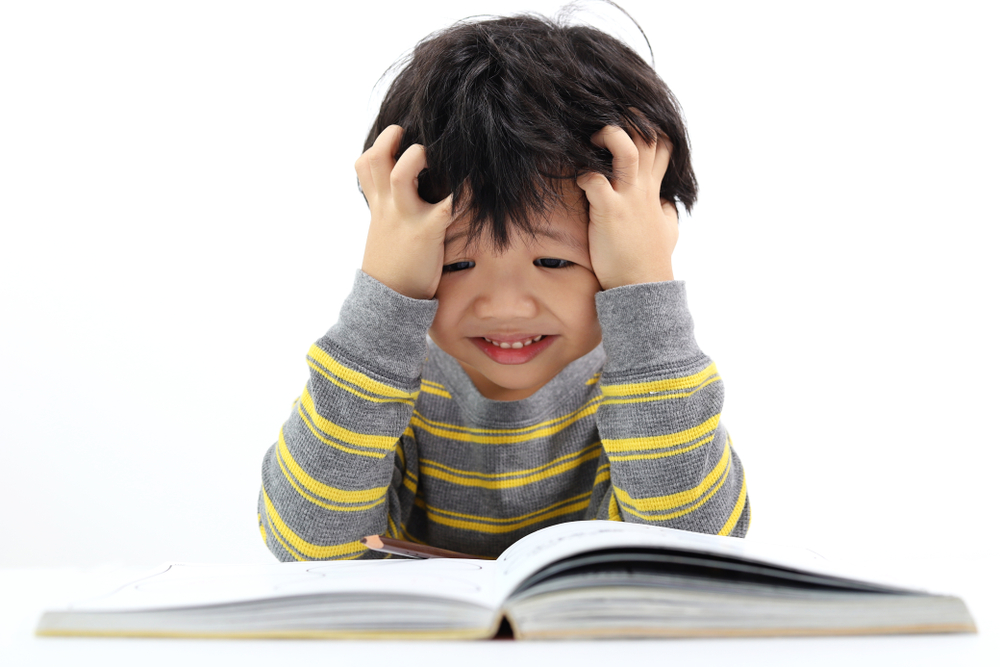
3. Whether one’s own thoughts have been confirmed
Some parents often say that their child is “deliberately annoyed” and then see their child’s behavior as disobedience, but perhaps the reason for the child’s behavior is carelessness, but the parents are influenced by their subjective feelings and misunderstand their child.
3. Are your thoughts helpful to the goal?
If a parent’s goal is to mend the parent-child relationship, but he or she often holds the idea that the child is “deliberately working against him or her,” is this thinking really helpful to his or her goal? Parents can try to find more realistic and justifiable ideas to help them achieve their goals.


